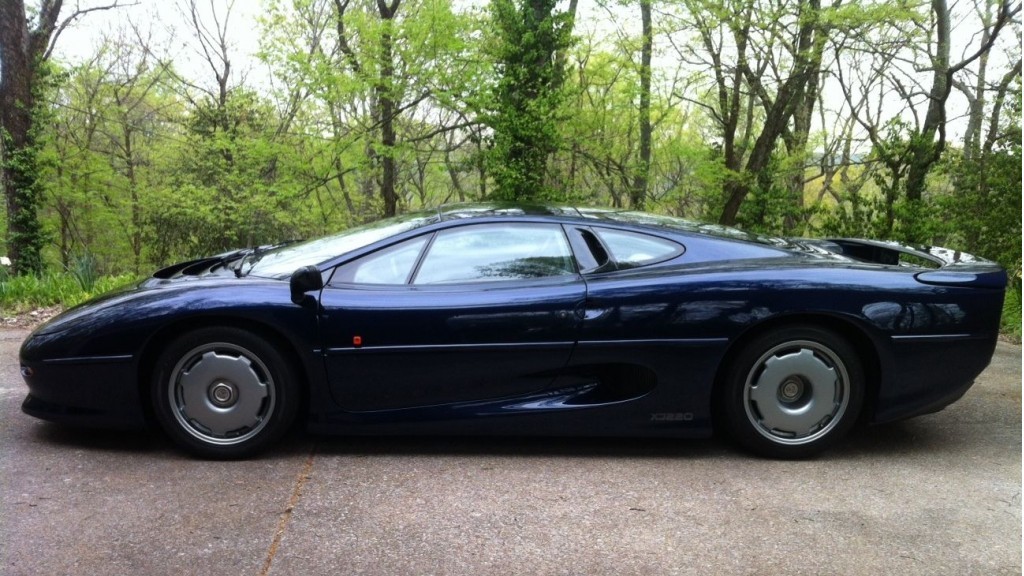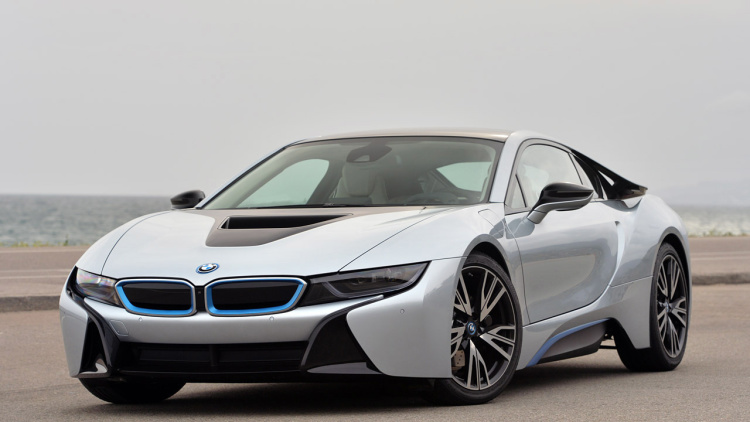Over the course of the past decade we’ve seen an exponential growth in the technological advancement of supercars. It was not so long ago that the recipe for creating a supercar couldn’t be simpler. A powerful and exuberant engine with a noise to tingle your senses, two seats and a body designed to bring about emotions you felt when you were an excited twelve year old boy. Now though, things are much different.
If you take a look at today’s modern supercars you will find that due to strict government laws that dictate the production of harmful gases from a car’s exhaust tip, they are much more fuel efficient and eco-friendly than their predecessors. That’s because a lot of them come with smaller turbocharged engines rather than the huge displacement engines of the past and sometimes you might find that working in combo with an electric motor. The days of seeing proper manual gearboxes in supercars have also become a thing of the past as well. Paddle shifters with double clutch systems have been introduced that can change gear faster than what it take a person to blink. Making the car as light as possible has been taken to the next level. We’ve all heard of supercars constructed from carbon fiber but with constant research they’ve changed the weave of the carbon fiber thread to make each panel even lighter and stronger. The use of super lightweight alloys and even the exclusion of the basics such as carpets to save as much weight as possible down to the nearest micrograms.
Now there is no denying that all these changes have resulted in today’s supercars being much faster, safer and eco friendly than the last generation’s. But many argue that all these changes and the arrival of other similar subsequent changes have started to kill what made supercars feel so special in the first place; the soul. With so many computers constantly measuring and adjusting the parameters of the car it’s as though we now have less input into what the car actually does, giving a detached feeling to the driver.
Some may argue that with the recent introduction of hybrid supercars such as the Ferrari LaFerrari, Porsche 918 and Mclaren P1 have resulted in saving the supercar from extinction and at the same time enhancing their performance and characteristics with the utilization of electric motors and lightweight materials to make supercars that are miles more impressive than their predecessors the Ferrari Enzo, Porsche Carrera GT and Mclaren F1. But at a price and that price is the actual price of the vehicles. The 918 is US$847,000 the McLaren US$1.15 million and the Ferrari around US$1.5 million. The cost of implementing Hybrid drivetrains and the extensive use of super lightweight materials skyrockets the cost of production for these cars but of course these are flagships cars built in limited numbers with new models only being brought out around once a decade. But it is pretty much the same story if we take a look elsewhere. BMW’s i8 which goes for US$135000 for a car whose performance is one par with BMW’s own M3 at a fraction of the price.
It would seem as though as the next generation of supercars are going to redefine the automotive expression for fast and at the same time being much more eco-friendly and fuel efficient than their predecessors but at the same time with their price being much higher and for the owners to start feeling more like passengers than the driver while sitting in the driving seat.
If you disagree with any of these opinions please do feel free to express them in the comments section below.





[…] Also Read: The Next Generation of Supercars: Faster, Lighter And More Expensive […]